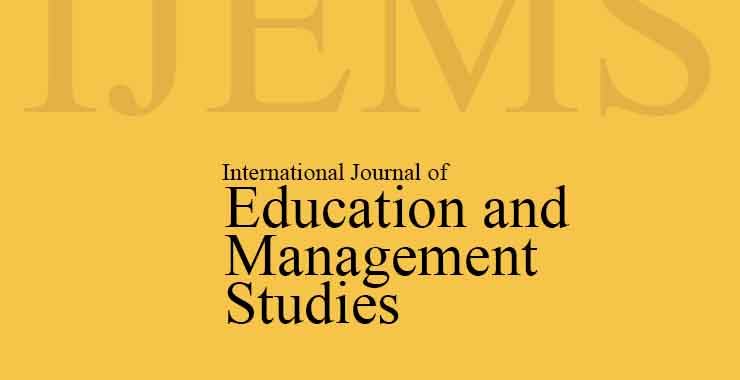Factors Influencing Women Dairy Farmers in Dairy Farming Business and the Constraints Faced in Milk Production and Marketing in South Gujarat
Original price was: ₹ 201.00.₹ 200.00Current price is: ₹ 200.00.
Page: 92-97
Swati Sharma (ASPEE Agribusiness Management Institute, NAU, Navsari, Gujarat)
Description
Page: 92-97
Swati Sharma (ASPEE Agribusiness Management Institute, NAU, Navsari, Gujarat)
The dairy sector plays a key role in India’s rural economy, and Gujarat stands out as a leading contributor to the nation’s milk production. This study investigates the factors influencing women dairy farmers to engage in dairy farming and the constraints they face in both the production and marketing of milk. The study took place in Navsari district, South Gujarat, involving a sample of 160 women dairy farmers drawn from eight villages across four randomly selected talukas. A structured questionnaire was used to collect data, which was then analyzed using tabular methods and statistical tools, including Garrett’s ranking technique to assess perceived constraints. The study reveals that the majority of the women had medium experience in dairy farming and maintained smaller herd sizes, limiting income potential. The key challenges identified included inadequate access to modern equipment, irregular veterinary services, and lack of technical knowledge, which hindered productivity. The economic constraints, such as the high cost of feed and delayed payments for milk, were significant barriers. Marketing difficulties, including milk’s high perishability and low advance payment provisions, further impacted farmers’ ability to optimize profits. The findings highlight that dairy farming offers regular income and convenience for women, making it an attractive business, especially for those who inherit the practice from their families. However, challenges such as insufficient government schemes, training programs, and lack of essential infrastructure need to be addressed. The study emphasizes the importance of providing adequate support in the form of training, better infrastructure, and financial aid to improve the efficiency and sustainability of women-led dairy farming ventures. This research provides valuable insights for policymakers and agricultural extension services to better support women dairy farmers by addressing both infrastructural and socio-economic constraints.

